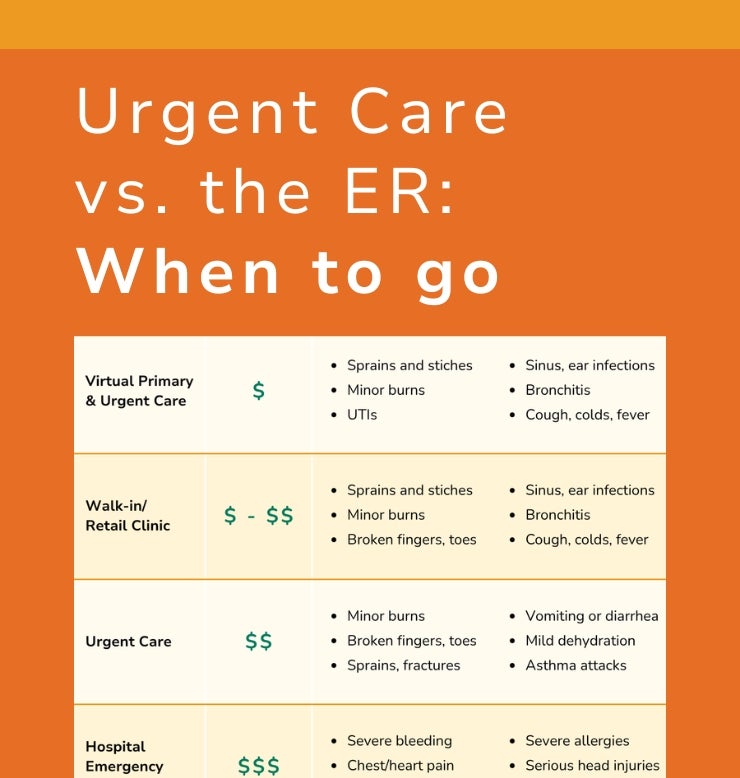Reading, writing & health: 5 tips for back-to-school
8.7.2025
5 min read
The summer’s winding down and fall will be here before we know it—and that means it’s time to head back to school.
While this is an exciting time of year—new classes and teachers, new sneakers, reuniting with old friends and making new ones—grown-ups and children can both start to feel some pressure as a new school year begins.
Whether students are in preschool or high school, healthy habits can help them thrive. Here are some tips from Amanda McKenzie, a registered dietician and wellness manager for Community Health Options, to ease everyone back into the groove.
 Set a routine
Set a routine
- Set a nightly bedtime: Do the same things at night to wind down, like reading before bedtime. Aim for at least eight to 10 hours of sleep each night because a good night’s rest helps kids concentrate, remember what they’ve learned and gives them a creative boost.
- Get kids moving: After sitting in class most of the day, your kids need to move. Urge them to play sports, join family walks or simply enjoy being outdoors.
- Limit screen time: No matter the age, limit time for watching TV, using phones or playing video games. Put away devices at least one hour before bedtime.
Provide healthy meals
- Don’t skip breakfast: A morning meal gets the body and brain started, and kids who eat breakfast are often more alert than those who don’t. After a good night’s sleep, healthy food can help fight off colds and other bugs kids can catch at school. Many students qualify for free breakfast at school, so if you’re unsure, give the school a call.
- Choose good snacks: Check labels and look for ingredients you know, avoiding added sugar, preservatives or things with long names you can’t pronounce. Good choices include fruit, veggies, whole grain crackers or yogurt. Johns Hopkins Medicine suggests you lean toward snacks with less than 8-10 grams of added sugar.
- Stay hydrated: Make sure kids get enough to drink with choices like water and milk. Avoid sugary drinks like soda or sports drinks, and watch out for caffeine, which can disrupt sleep.
Take time to talk
- Chat each day: Ask how the day went and check in to see if your kids have any concerns, questions or things they want to share. Listen for what they might be worried about, like fear they don’t fit in or that they feel like they have to get the best grades or join too many activities.
- Help them manage stress: Consider mindfulness exercises, take a walk, and as a family, share your highs and lows each day. Remember: You can ask for support if you notice changes in behavior or things like a sudden drop in grades.
Keep germs at bay
- Teach good hygiene: Kids inevitably bring home the latest crud to go around but reminding them to wash the fronts and backs of their hands—and between their fingers—while singing the entire alphabet could help them leave some of those germs behind.
Take a moment for yourself
- Parents and guardians need breaks, too: Heading back to school brings changes for you, too. While you’re probably glad for the routine, you may also be busy running from point A to point B for practices, performances, games and visits with friends. Remember, it’s OK to give yourself a break—a quiet walk alone, time to read a favorite book, a cup of coffee without interruption, or a friends’ night out.



